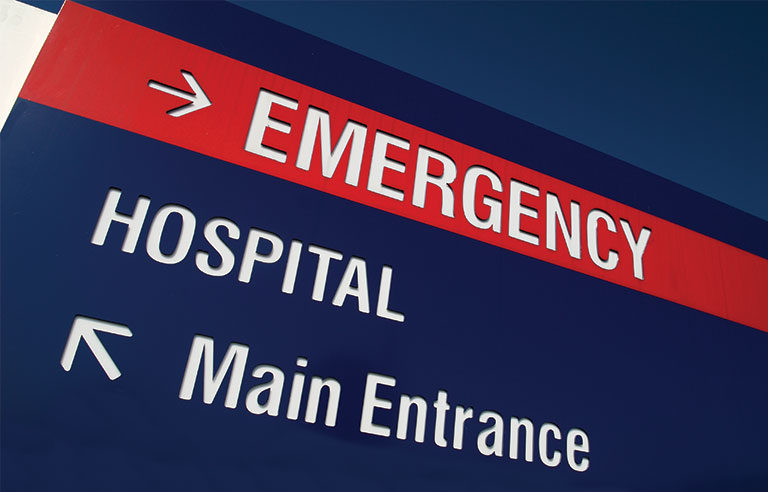Hazard alert addresses work-related traumatic brain injuries in Kentucky

Lexington, KY — The Kentucky Injury Prevention and Research Center has issued a hazard alert after data from 2016 showed that 405 workers in the state were treated in emergency rooms for job-related traumatic brain injuries.
Another 63 workers required hospital admission, resulting in an average stay of 6.1 days while costing employers more than $5.2 million. KIPRC research shows that the leading causes of work-related TBIs in the state are falls, struck-by or against incidents, and motor vehicle crashes.
The hazard alert analyzes three TBI fatalities that occurred in 2017:
- A motor vehicle crash in which an electric company worker, who was not wearing a seat belt, struck a stalled vehicle when attempting to pass a semi-truck.
- A drywall installer who fell after stepping onto an unsecured walking plank without fall protection while positioning guardrails on mobile scaffolding.
- A logging employee who was struck by falling limbs from an adjacent tree while performing felling work.
The alert recommends employers:
- Enforce a strict seat belt policy for employees who drive for work purposes and prohibit cellphone use while driving.
- Regularly inspect and repair company vehicles through a preventative maintenance program.
- Follow section 1926.501(b)(1) of the OSHA standard for Fall Protection – General Requirements, which states: “Each employee on a walking/working surface (horizontal and vertical surface) with an unprotected side or edge that is 6 feet or more above a lower level shall be protected from falling by the use of guardrail systems, safety net systems or personal fall arrest systems.”
- Ensure employees working on jobsites where the potential for falling objects exists wear hard hats that conform to ANSI Z89.1-2014. Replace hard hats frequently used in direct sunlight more often than those not regularly exposed to the sun.
Also included are other resources to help mitigate workplace TBI injuries, including those from the Centers for Disease Control and Prevention and the Mayo Clinic.
Post a comment to this article
Safety+Health welcomes comments that promote respectful dialogue. Please stay on topic. Comments that contain personal attacks, profanity or abusive language – or those aggressively promoting products or services – will be removed. We reserve the right to determine which comments violate our comment policy. (Anonymous comments are welcome; merely skip the “name” field in the comment box. An email address is required but will not be included with your comment.)

